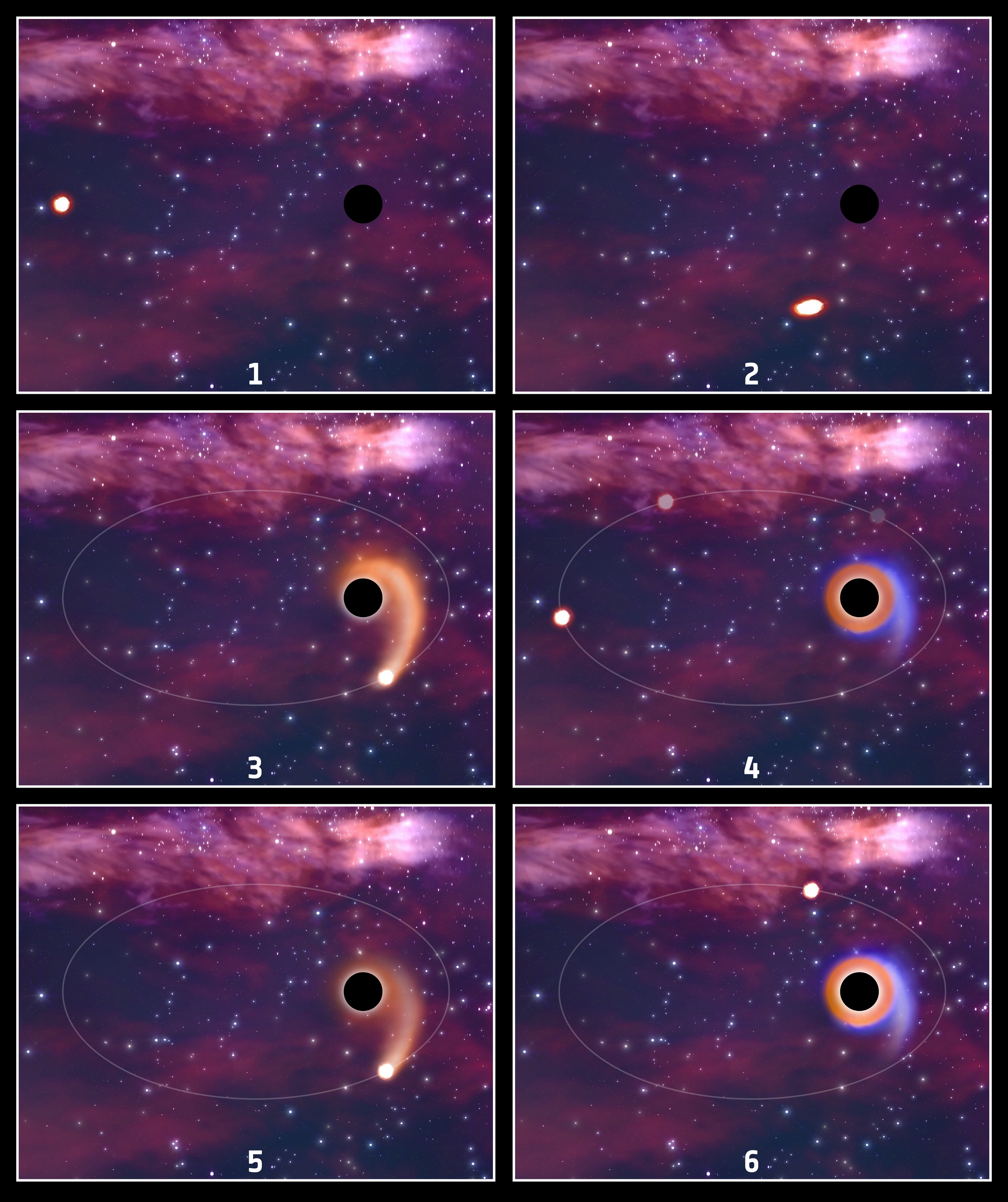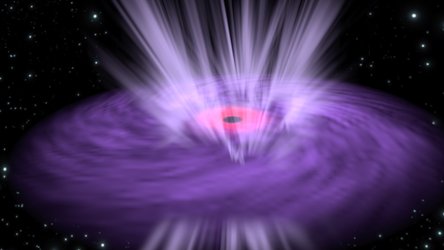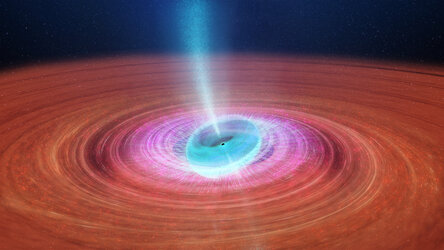Accept all cookies Accept only essential cookies See our Cookie Notice

About ESA
The European Space Agency (ESA) is Europe’s gateway to space. Its mission is to shape the development of Europe’s space capability and ensure that investment in space continues to deliver benefits to the citizens of Europe and the world.
Highlights
ESA - United space in Europe
This is ESA ESA facts Member States & Cooperating States Funding Director General Top management For Member State Delegations European vision European Space Policy ESA & EU Space Councils Responsibility & Sustainability Annual Report Calendar of meetings Corporate newsEstablishments & sites
ESA Headquarters ESA ESTEC ESA ESOC ESA ESRIN ESA EAC ESA ESAC Europe's Spaceport ESA ESEC ESA ECSAT Brussels Office Washington OfficeWorking with ESA
Business with ESA ESA Commercialisation Gateway Law at ESA Careers Cyber resilience at ESA IT at ESA Newsroom Partnerships Merchandising Licence Education Open Space Innovation Platform Integrity and Reporting Administrative Tribunal Health and SafetyMore about ESA
History ESA Historical Archives Exhibitions Publications Art & Culture ESA Merchandise Kids Diversity ESA Brand Centre ESA ChampionsLatest
Space in Member States
Find out more about space activities in our 23 Member States, and understand how ESA works together with their national agencies, institutions and organisations.
Science & Exploration
Exploring our Solar System and unlocking the secrets of the Universe
Go to topicAstronauts
Missions
Juice Euclid Webb Solar Orbiter BepiColombo Gaia ExoMars Cheops Exoplanet missions More missionsActivities
International Space Station Orion service module Gateway Concordia Caves & Pangaea BenefitsLatest
Space Safety
Protecting life and infrastructure on Earth and in orbit
Go to topicAsteroids
Asteroids and Planetary Defence Asteroid danger explained Flyeye telescope: asteroid detection Hera mission: asteroid deflection Near-Earth Object Coordination CentreSpace junk
About space debris Space debris by the numbers Space Environment Report In space refuelling, refurbishing and removingSafety from space
Clean Space ecodesign Zero Debris Technologies Space for Earth Supporting Sustainable DevelopmentApplications
Using space to benefit citizens and meet future challenges on Earth
Go to topicObserving the Earth
Observing the Earth Future EO Copernicus Meteorology Space for our climate Satellite missionsCommercialisation
ESA Commercialisation Gateway Open Space Innovation Platform Business Incubation ESA Space SolutionsLatest
Enabling & Support
Making space accessible and developing the technologies for the future
Go to topicBuilding missions
Space Engineering and Technology Test centre Laboratories Concurrent Design Facility Preparing for the future Shaping the Future Discovery and Preparation Advanced Concepts TeamSpace transportation
Space Transportation Ariane Vega Space Rider Future space transportation Boost! Europe's Spaceport Launches from Europe's Spaceport from 2012Latest

A black hole eating a star again and again
Thank you for liking
You have already liked this page, you can only like it once!
Supermassive black holes lie at the centre of most galaxies, and are the source of some of the most extreme activity in the Universe. Their large masses concentrated in small volumes lead to strong gravitational forces. This artistic impression shows a star pulled into orbit around a black hole, with glowing consequences.
The first panel shows a star (left) on approach to a black hole (right). The black hole attracts the star closer, and panel 2 shows the star beginning to be ripped apart by strong tidal forces. A stream of orange material ripped from the outer layers of the star falls towards the black hole in panel 3. This stream feeds the black hole and forms a disk of bright orange material around it, seen in the fourth panel. Leftover stellar material from the stream is coloured in blue. This process creates outbursts of X-rays, UV and optical light in an event known as a tidal disruption event.
Typically, it takes just one encounter with the black hole to totally swallow the star. However, on rare occasions, the core of the star survives and begins another elliptical orbit of the black hole. This can be seen as the shaded star moves along different positions in the orbit in panel 4.
The disk surrounding the black hole dims, as seen in panel 5. The star approaches the black hole again, and another outburst of light is released when the black hole strips material again from the surviving core of the star. This partial tidal disruption event adds more material to the shining orange accretion disk around the black hole in the sixth panel, and the blue traces of the stellar material stream persist. The lighter colour of the accretion disk, compared to the fourth panel, indicates that the outbursts of light are dimmer after the first encounter with the black hole. Less material is pulled into the disk from the star, leading to dimmer flares.
Two teams of astronomers used ESA’s XMM-Newton to observe two repeated tidal disruption events in 2021 and 2022. Events like these are essential to understand more about black holes, which are usually invisible due to the strong gravitational forces which trap everything including light.
-
CREDIT
ESA -
LICENCE
CC BY-SA 3.0 IGO or ESA Standard Licence
(content can be used under either licence)

Black hole with ultrafast winds

Black hole with disc and jets

Giant black hole gobbling up doomed white dwarf star

A 'spitting' black hole















 Germany
Germany
 Austria
Austria
 Belgium
Belgium
 Denmark
Denmark
 Spain
Spain
 Estonia
Estonia
 Finland
Finland
 France
France
 Greece
Greece
 Hungary
Hungary
 Ireland
Ireland
 Italy
Italy
 Luxembourg
Luxembourg
 Norway
Norway
 The Netherlands
The Netherlands
 Poland
Poland
 Portugal
Portugal
 Czechia
Czechia
 Romania
Romania
 United Kingdom
United Kingdom
 Slovenia
Slovenia
 Sweden
Sweden
 Switzerland
Switzerland
























